
It’s not a bad time to be looking for a job. The U.S. is currently undergoing the longest economic expansion in its history, and the unemployment rate is the lowest it’s been in almost 50 years. In this job seeker’s market, now is an opportune time for workers to make career moves.

Despite the strength of the national labor market, some parts of the country are faring better than others when it comes to employment.
To find the best metropolitan areas for career opportunities, researchers at Volusion analyzed data from the U.S. Bureau of Labor Statistics and the U.S. Census Bureau to calculate a composite score based on the following metrics:
- Year-over-year total employment growth
- Year-over-year median wage growth
- Median annual wage
- Annual average unemployment rate
- Labor force participation rate
- Percentage of workers that are full-time
- Mean usual hours worked
Together, these metrics provide insight into the strength of each metro area’s economy and employment situation. For the analysis, metros were grouped into the following categories based on population:
- Large: Metros with more than 1,000,000 people
- Midize: Metros with 350,000 - 1,000,000 people
- Small: Cities with 100,000 - 350,000 people
Here’s what Volusion found:
Wages & wage growth
Among all wage and salary workers, the national median annual wage in 2018 was $38,640. However, this number tends to be higher in large metropolitan areas, with a majority offering wages higher than the national median. After years of stagnation, wage growth has also accelerated since 2013. Between 2017 and 2018, median hourly wages grew 2.5 percent nationally. In large coastal metros, especially major tech hubs like San Francisco, Seattle, and San Jose, wage growth is outpacing the national average.

Unemployment
The annual average unemployment rate for 2018 was 3.9 percent nationally. As with median wages and wage growth, unemployment rates differ across large metros—from 2.5 percent in Nashville up to 4.6 percent in Tucson.
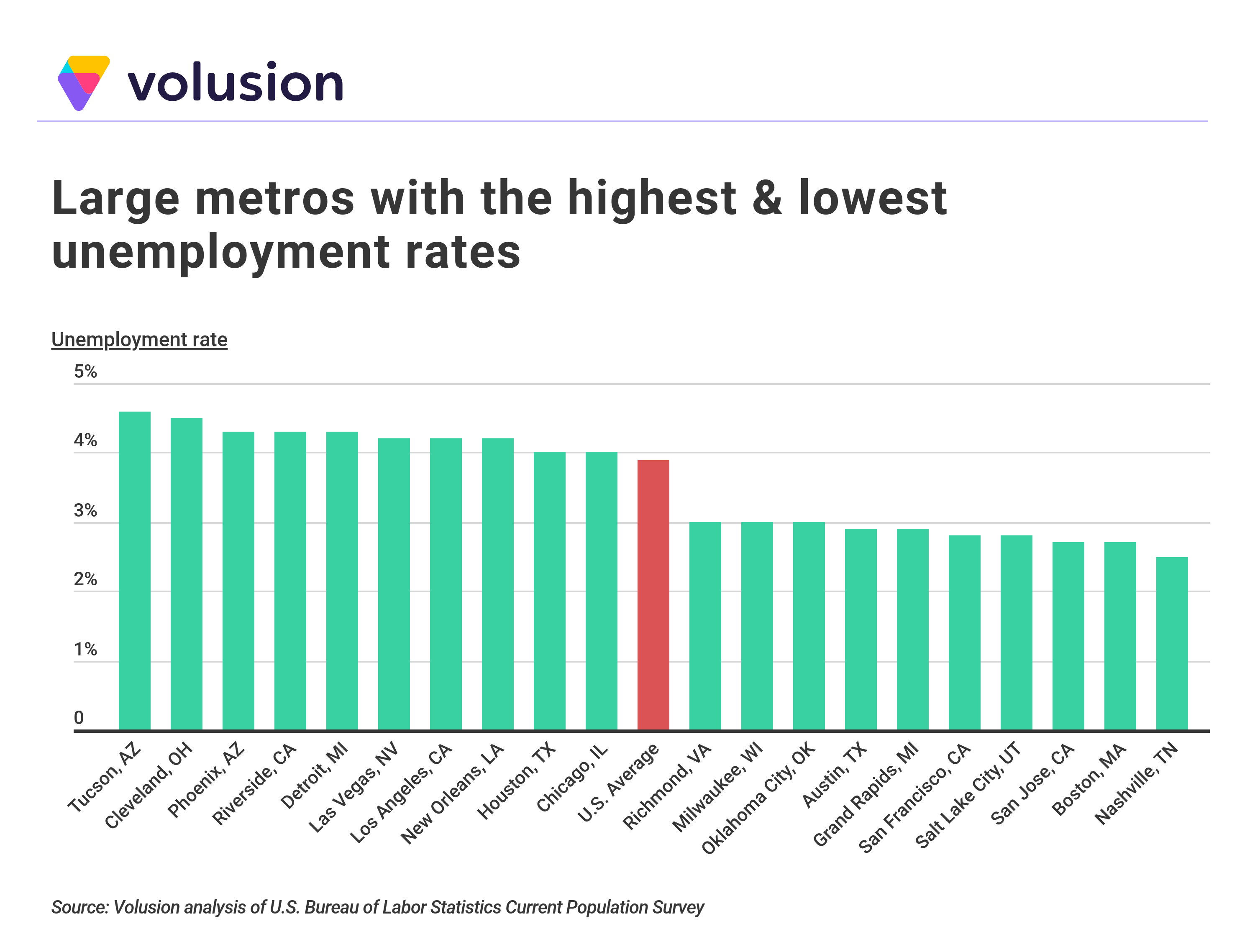
Employment growth
Although the national unemployment rate remains low, there was no significant change in total employment nationwide between 2017 and 2018. However, employment growth varies by industry and location. Some of the industries in the highest demand include healthcare, education, hospitality, and professional services. In addition, about half of large metros had significant increases in total employment year-over-year, with Orlando, Phoenix, and Dallas boasting growth rates of more than 3 percent.
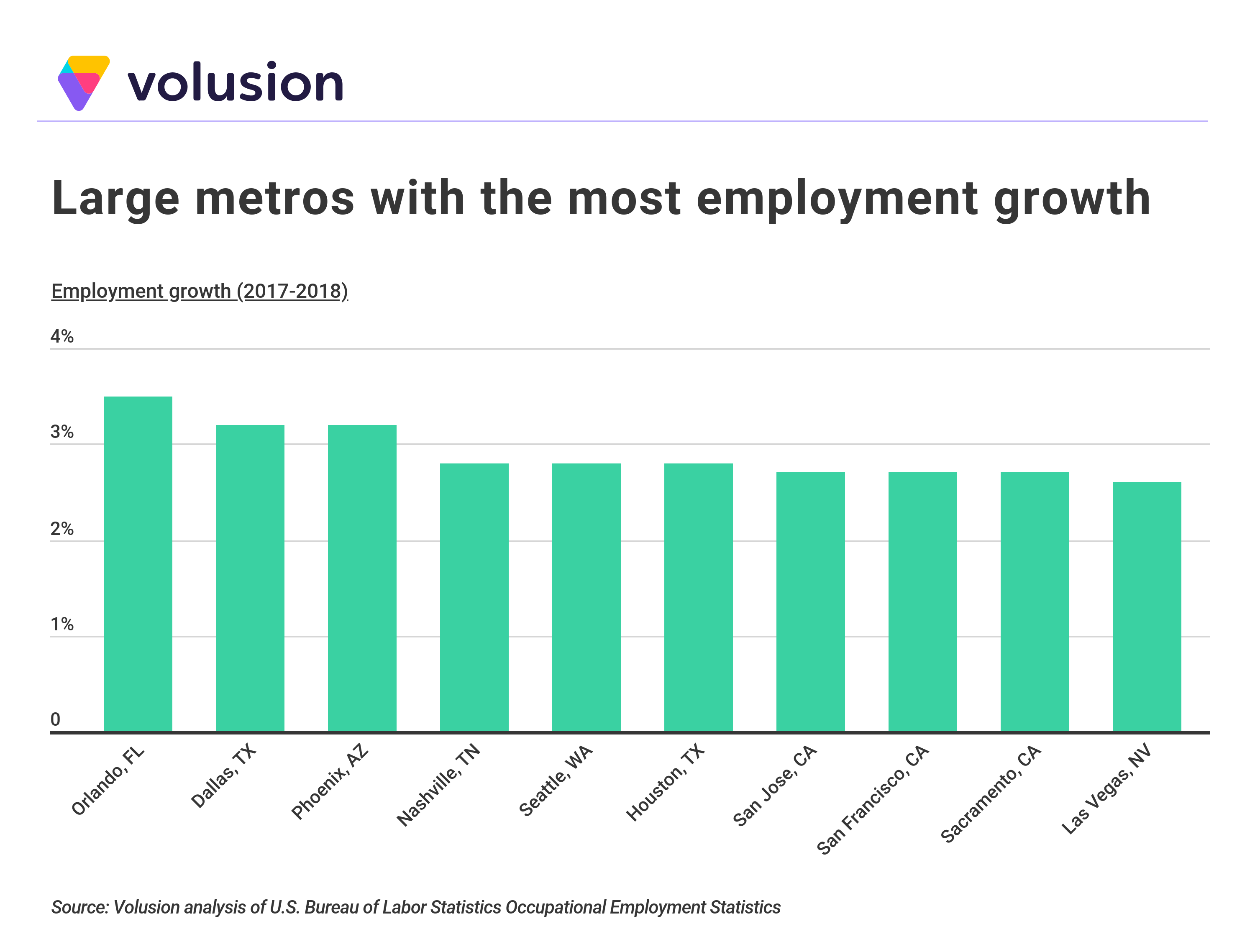
Additional insights
Fortunately for job seekers, the best metropolitan areas for career opportunities are dispersed throughout the country with locations from both coasts, the South, the Midwest, and Mountain States all represented. Here are the best metros for career opportunities:

The 20 large metros with the best career opportunities

20. Miami-Fort Lauderdale-West Palm Beach, FL
- Overall score: 80.2
- Employment growth (YoY): 2.3%
- Wage growth (YoY): 3.1%
- Median annual wage: $35,780
- Unemployment rate: 3.4%
- Labor force participation rate: 62.4%
- Percentage of workers that are full-time: 69.1%
TRENDING ON VOLUSION
Every successful business starts with a plan. We've created an ecommerce business plan template designed to help people launch successful online stores.
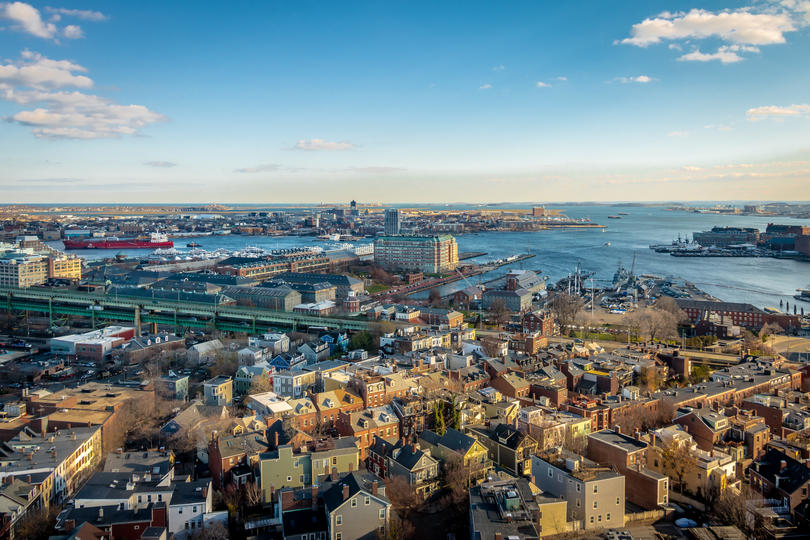
Photo credit: Alamy Stock Photo
19. Boston-Cambridge-Nashua, MA-NH
- Overall score: 80.2
- Employment growth (YoY): No change
- Wage growth (YoY): 2.5%
- Median annual wage: $51,510
- Unemployment rate: 2.7%
- Labor force participation rate: 69.0%
- Percentage of workers that are full-time: 64.4%

Photo credit: Alamy Stock Photo
18. Minneapolis-St. Paul-Bloomington, MN-WI
- Overall score: 80.2
- Employment growth (YoY): No change
- Wage growth (YoY): 2.9%
- Median annual wage: $45,520
- Unemployment rate: 3.0%
- Labor force participation rate: 72.0%
- Percentage of workers that are full-time: 66.2%

Photo credit: Alamy Stock Photo
17. San Diego-Carlsbad, CA
- Overall score: 80.6
- Employment growth (YoY): 1.4%
- Wage growth (YoY): 3.4%
- Median annual wage: $43,390
- Unemployment rate: 3.5%
- Labor force participation rate: 66.3%
- Percentage of workers that are full-time: 64.8%

Photo credit: Alamy Stock Photo
16. Chicago-Naperville-Elgin, IL-IN-WI
- Overall score: 80.8
- Employment growth (YoY): 1.6%
- Wage growth (YoY): 2.9%
- Median annual wage: $41,210
- Unemployment rate: 4.0%
- Labor force participation rate: 66.6%
- Percentage of workers that are full-time: 66.9%

Photo credit: Alamy Stock Photo
15. Orlando-Kissimmee-Sanford, FL
- Overall score: 81.7
- Employment growth (YoY): 3.5%
- Wage growth (YoY): 2.6%
- Median annual wage: $33,150
- Unemployment rate: 3.2%
- Labor force participation rate: 63.9%
- Percentage of workers that are full-time: 66.4%
DID YOU KNOW?
Volusion's dropshipping integration lets you find thousands of U.S.-shipped dropshipping products and add them to your store with a single click. Check out our dropshipping guide to learn how easy it is.
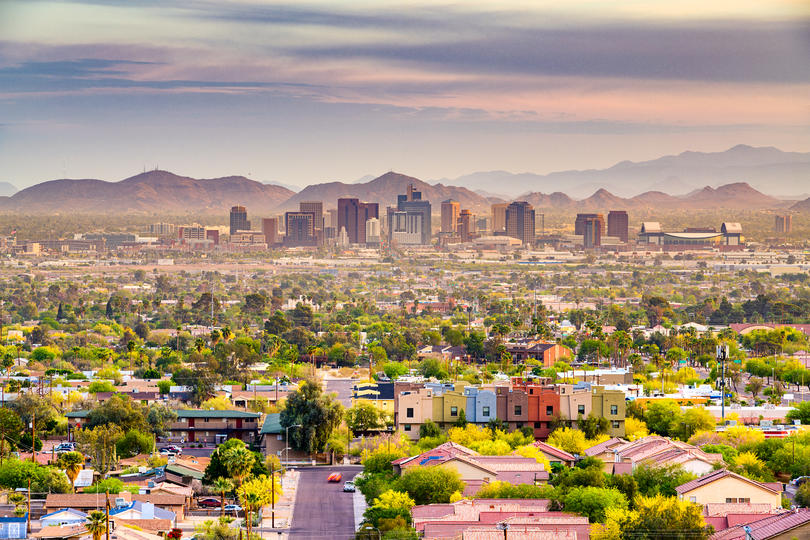
Photo credit: Alamy Stock Photo
14. Phoenix-Mesa-Scottsdale, AZ
- Overall score: 82.1
- Employment growth (YoY): 3.2%
- Wage growth (YoY): 1.9%
- Median annual wage: $37,980
- Unemployment rate: 4.3%
- Labor force participation rate: 62.8%
- Percentage of workers that are full-time: 68.4%

Photo credit: Alamy Stock Photo
13. New York-Newark-Jersey City, NY-NJ-PA
- Overall score: 82.5
- Employment growth (YoY): 1.4%
- Wage growth (YoY): 2.5%
- Median annual wage: $47,080
- Unemployment rate: 3.8%
- Labor force participation rate: 64.6%
- Percentage of workers that are full-time: 67.9%

Photo credit: Alamy Stock Photo
12. Salt Lake City, UT
- Overall score: 82.8
- Employment growth (YoY): 2.3%
- Wage growth (YoY): 2.3%
- Median annual wage: $38,700
- Unemployment rate: 2.8%
- Labor force participation rate: 72.0%
- Percentage of workers that are full-time: 65.5%

Photo credit: Alamy Stock Photo
11. Charlotte-Concord-Gastonia, NC-SC
- Overall score: 83.4
- Employment growth (YoY): 2.5%
- Wage growth (YoY): 1.4%
- Median annual wage: $38,050
- Unemployment rate: 3.7%
- Labor force participation rate: 66.5%
- Percentage of workers that are full-time: 69.1%

Photo credit: Alamy Stock Photo
10. Denver-Aurora-Lakewood, CO
- Overall score: 84.9
- Employment growth (YoY): No change
- Wage growth (YoY): 3.6%
- Median annual wage: $45,420
- Unemployment rate: 3.2%
- Labor force participation rate: 71.2%
- Percentage of workers that are full-time: 69.3%
TRENDING ON VOLUSION
Picking the right ecommerce platform is just as important as what you sell. Learn everything you need to know about ecommerce and how to sell online with our beginner-friendly guide.

Photo credit: Alamy Stock Photo
9. Atlanta-Sandy Springs-Roswell, GA
- Overall score: 85.2
- Employment growth (YoY): 1.8%
- Wage growth (YoY): 2.9%
- Median annual wage: $39,080
- Unemployment rate: 3.7%
- Labor force participation rate: 67.4%
- Percentage of workers that are full-time: 70.1%
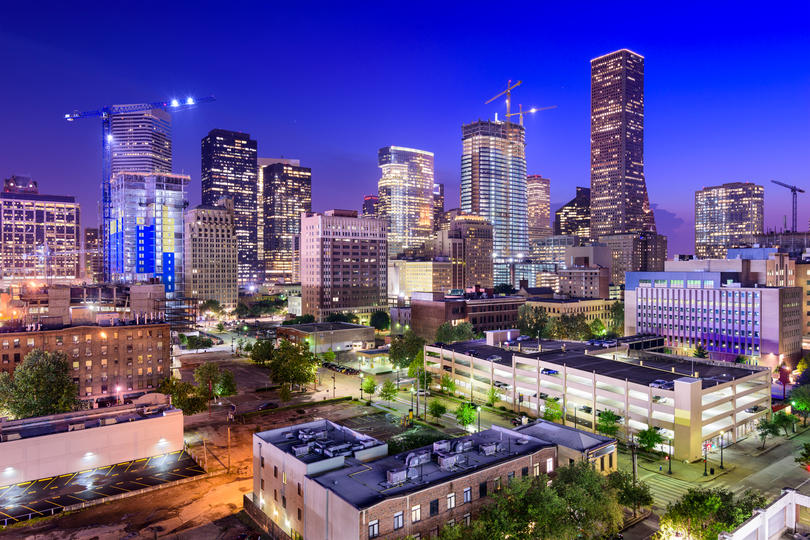
Photo credit: Alamy Stock Photo
8. Houston-The Woodlands-Sugar Land, TX
- Overall score: 86.2
- Employment growth (YoY): 2.8%
- Wage growth (YoY): 1.6%
- Median annual wage: $39,630
- Unemployment rate: 4.0%
- Labor force participation rate: 66.0%
- Percentage of workers that are full-time: 68.8%

Photo credit: Alamy Stock Photo
7. Nashville-Davidson-Murfreesboro-Franklin, TN
- Overall score: 88.8
- Employment growth (YoY): 2.8%
- Wage growth (YoY): 2.5%
- Median annual wage: $37,680
- Unemployment rate: 2.5%
- Labor force participation rate: 68.9%
- Percentage of workers that are full-time: 69.2%

Photo credit: Alamy Stock Photo
6. Washington-Arlington-Alexandria, DC-VA-MD-WV
- Overall score: 89.6
- Employment growth (YoY): No change
- Wage growth (YoY): 2.5%
- Median annual wage: $54,680
- Unemployment rate: 3.3%
- Labor force participation rate: 71.8%
- Percentage of workers that are full-time: 70.8%
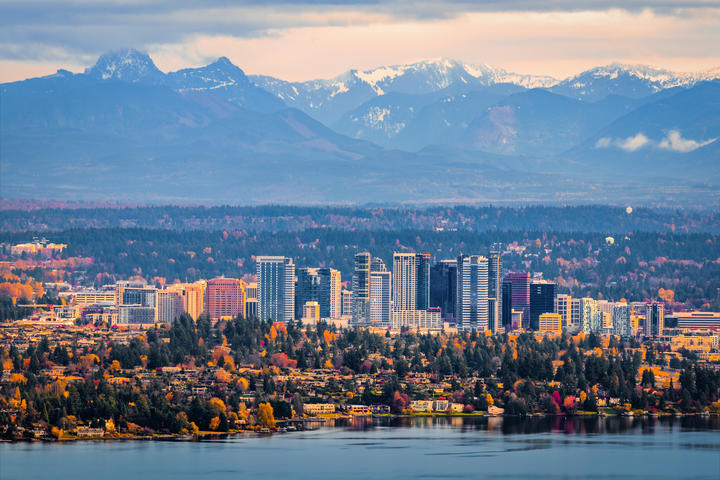
Photo credit: Alamy Stock Photo
5. Seattle-Tacoma-Bellevue, WA
- Overall score: 92.1
- Employment growth (YoY): 2.8%
- Wage growth (YoY): 3.9%
- Median annual wage: $50,860
- Unemployment rate: 3.9%
- Labor force participation rate: 68.4%
- Percentage of workers that are full-time: 65.9%

Photo credit: Alamy Stock Photo
4. Austin-Round Rock, TX
- Overall score: 92.2
- Employment growth (YoY): 2.5%
- Wage growth (YoY): 3.6%
- Median annual wage: $40,070
- Unemployment rate: 2.9%
- Labor force participation rate: 70.4%
- Percentage of workers that are full-time: 70.4%
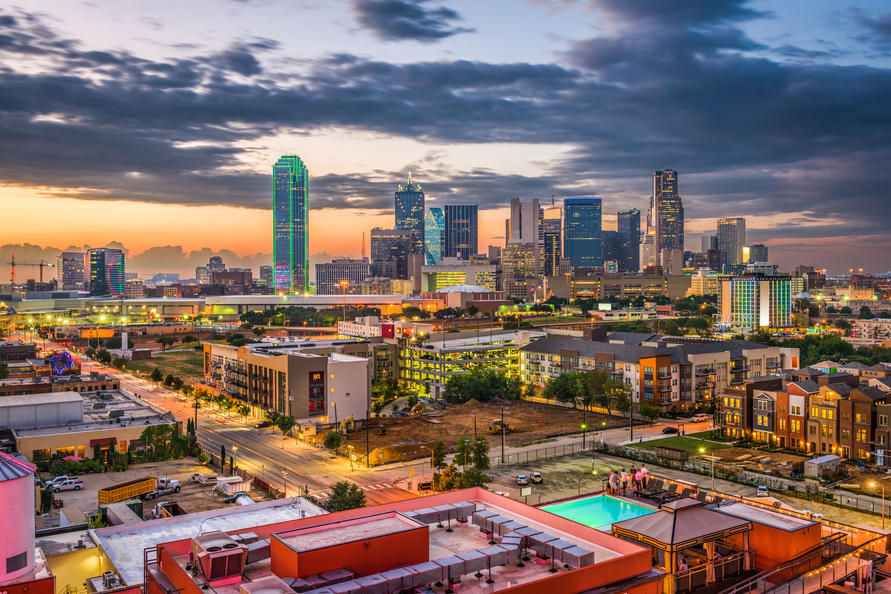
Photo credit: Alamy Stock Photo
3. Dallas-Fort Worth-Arlington, TX
- Overall score: 92.8
- Employment growth (YoY): 3.2%
- Wage growth (YoY): 3.1%
- Median annual wage: $39,230
- Unemployment rate: 3.4%
- Labor force participation rate: 68.4%
- Percentage of workers that are full-time: 70.9%

Photo credit: Alamy Stock Photo
2. San Francisco-Oakland-Hayward, CA
- Overall score: 95.5
- Employment growth (YoY): 2.7%
- Wage growth (YoY): 4.3%
- Median annual wage: $54,090
- Unemployment rate: 2.8%
- Labor force participation rate: 67.6%
- Percentage of workers that are full-time: 66.5%

Photo credit: Alamy Stock Photo
1. San Jose-Sunnyvale-Santa Clara, CA
- Overall score: 100.0
- Employment growth (YoY): 2.7%
- Wage growth (YoY): 4.3%
- Median annual wage: $60,110
- Unemployment rate: 2.7%
- Labor force participation rate: 67.8%
- Percentage of workers that are full-time: 68.3%
Methodology & full results
To identify the best metropolitan areas for career opportunities, a composite score was calculated based on the following metrics (weighted equally):
- Employment growth
- Wage growth
- Median annual wage
- Unemployment rate
- Labor force participation rate
- Percentage of workers that are full-time
- Mean usual hours worked
Employment growth, wage growth, and median annual wage are from the U.S. Bureau of Labor Statistics (BLS) Occupational Employment Statistics dataset. The 2018 average unemployment rate is from the BLS Local Area Unemployment Statistics dataset. Labor force participation, the percentage of workers that are full-time, and mean usual hours worked are from the U.S. Census Bureau 2017 American Community Survey 1-Year Estimates.
Metros were grouped into the following categories based on population:
- Large: Metros with more than 1,000,000 people
- Midize: Metros with 350,000 - 1,000,000 people
- Small: Cities with 100,000 - 350,000 people
Full Results
 from Volusion Ecommerce Blog | SMB Marketing, Design & Strategy https://ift.tt/2moPTds
from Volusion Ecommerce Blog | SMB Marketing, Design & Strategy https://ift.tt/2moPTds via IFTTT
via IFTTT
No comments:
Post a Comment